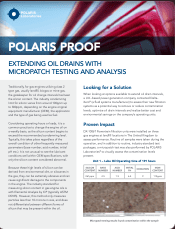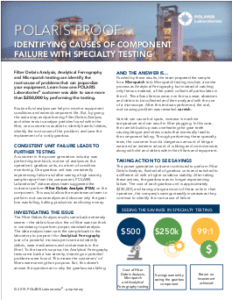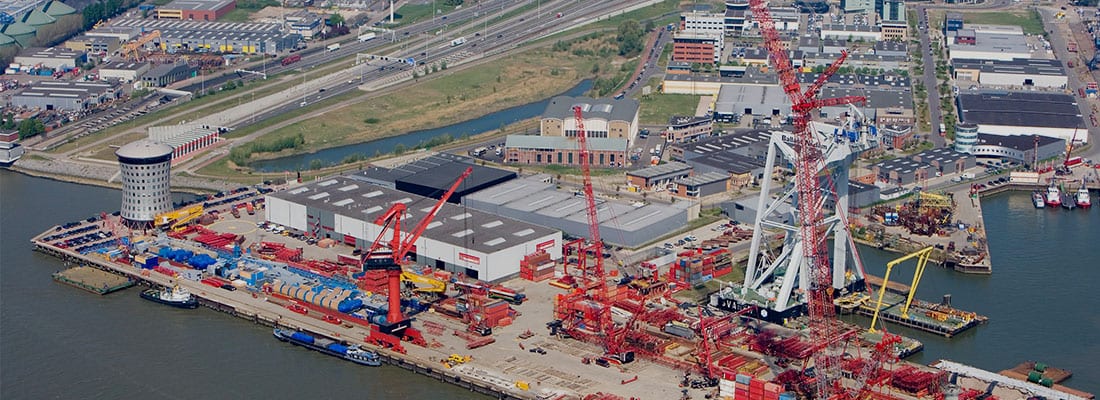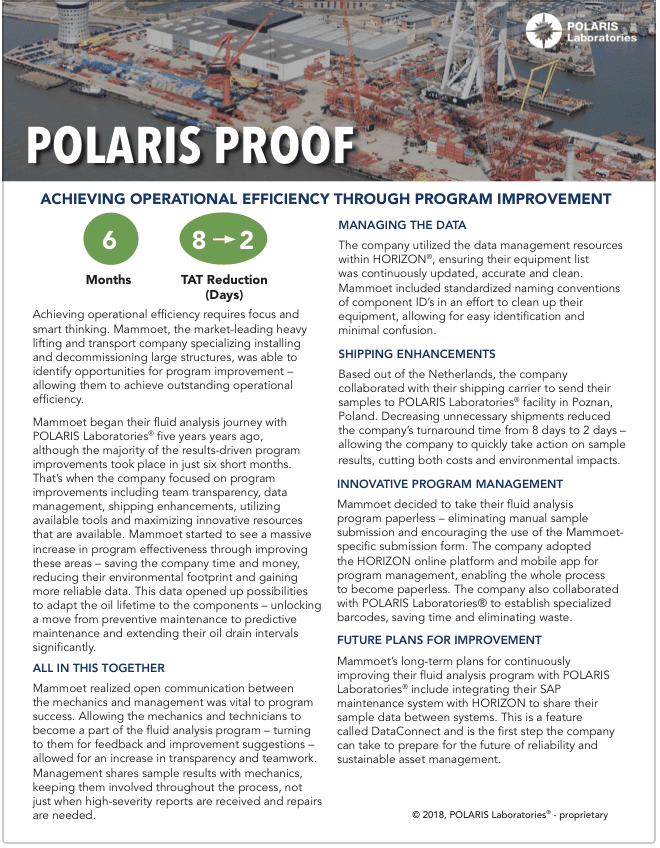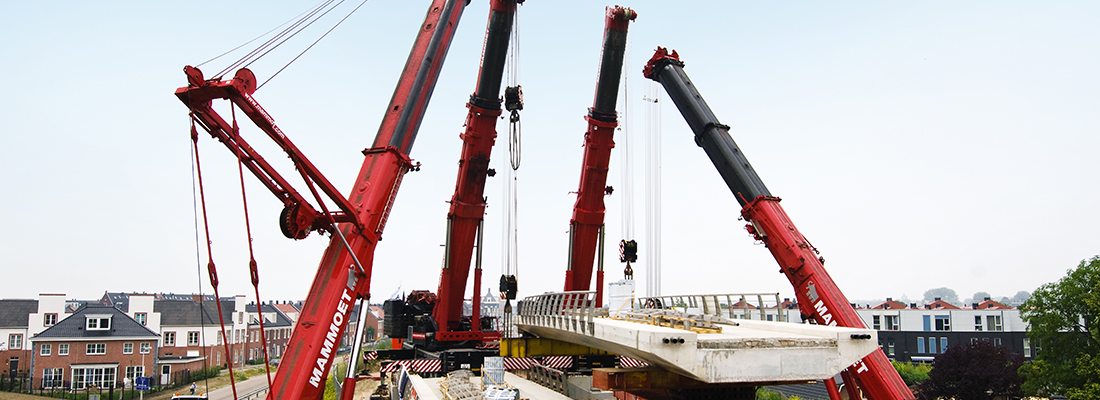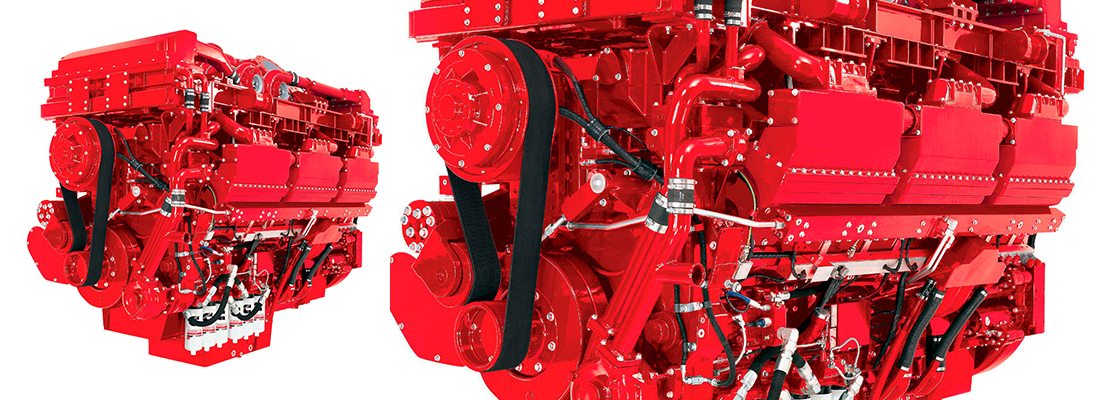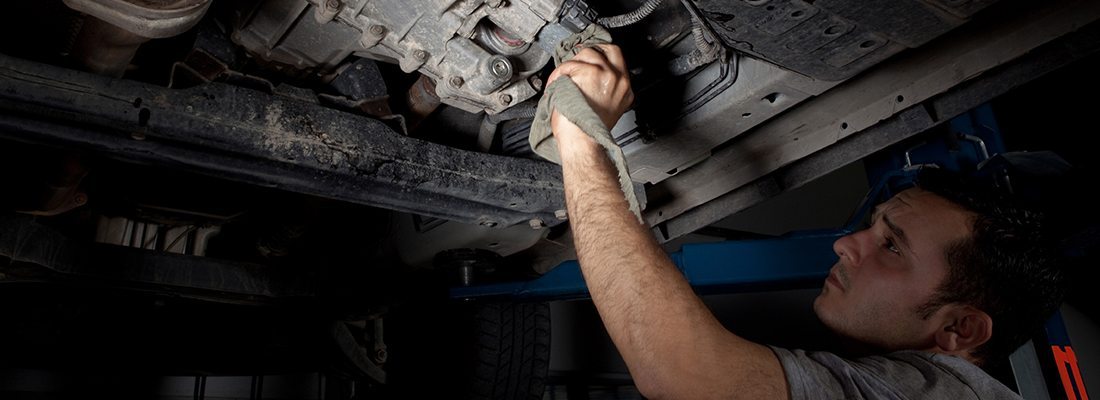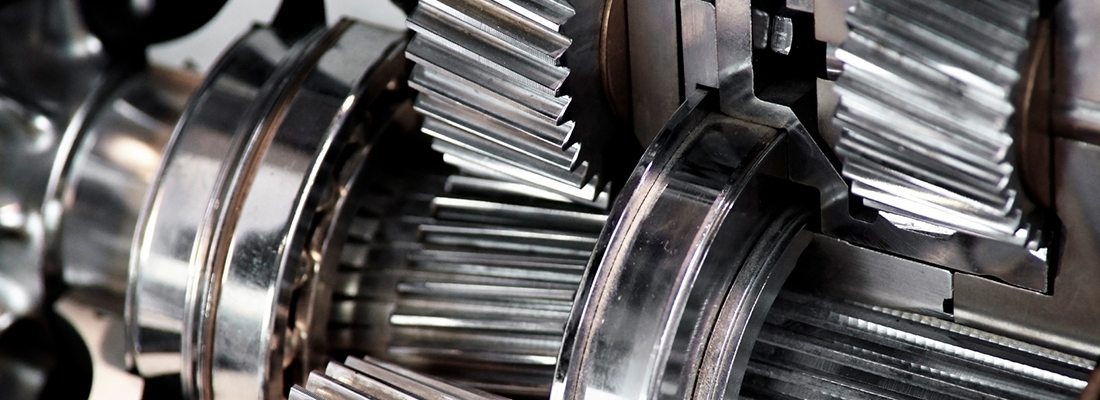Case Study: Extending Oil Drains with Micropatch Testing
When looking at options available to extend oil drain intervals, a U.K.-based power generation company contacted Delta-Xero® (a fluid systems manufacturer) to assess their new filtration systems as a potential way to remove or reduce contamination levels, optimize oil drain intervals and realize better cost and environmental savings on the company’s operating units.
Download the case study below to see how the power generation customer utilized micropatch testing on their samples to better understand the condition of the oil, and with close monitoring and regular sampling, was able to extend the oil drain interval from a weekly change of around 150 hours, to an operating time of 650 hours on average. This has resulted in a significant decrease in the amount of oil changes required on each engine, as well as significant savings on the labor involved, and the associated disposal costs of the used oil from each change out.


